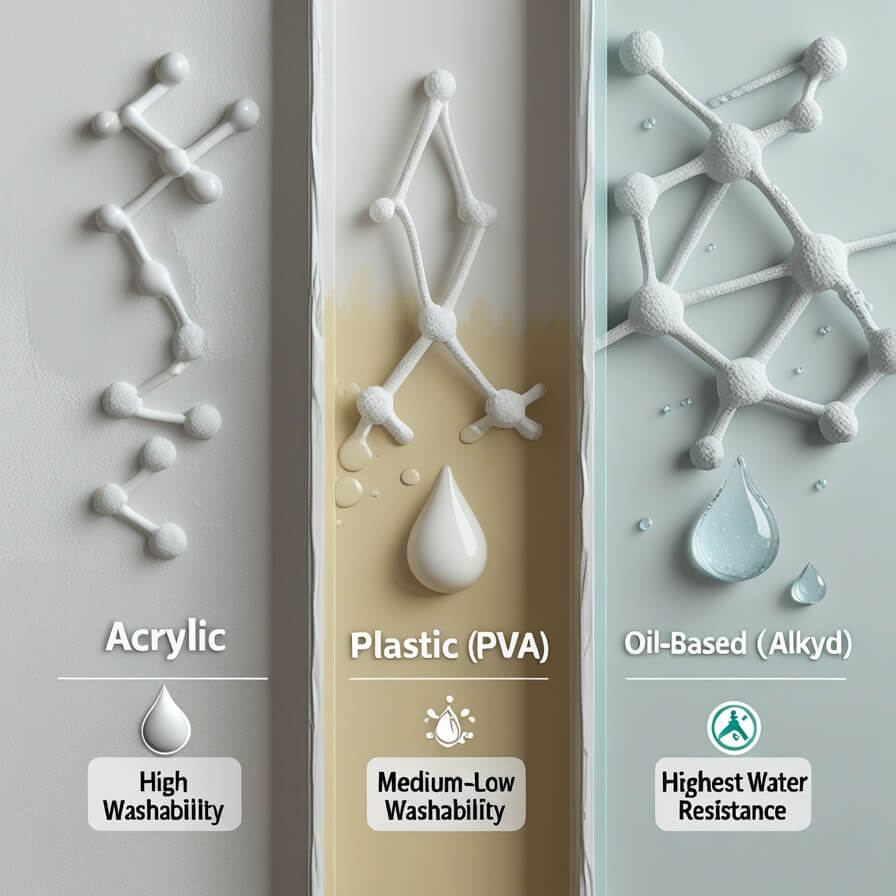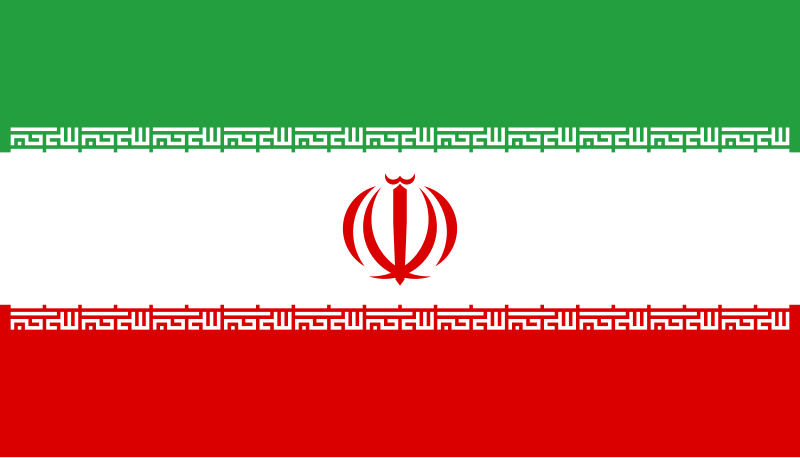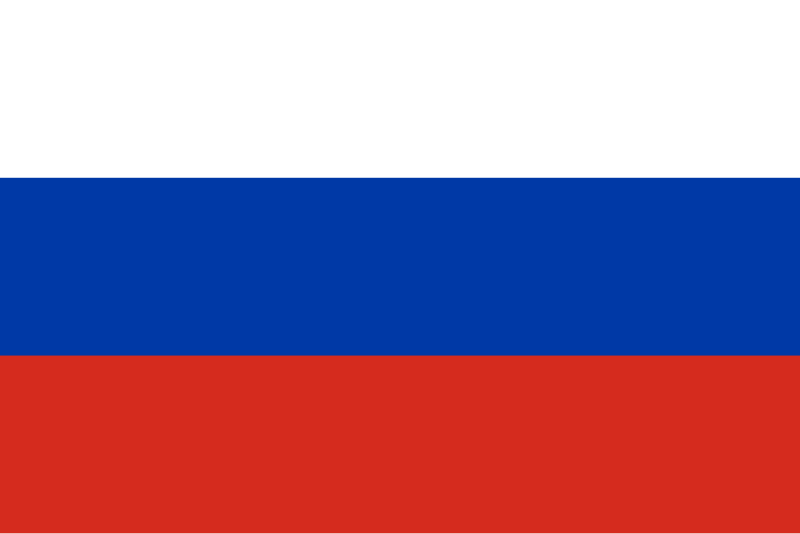
Choosing the Most Washable Wall Paint: Acrylic vs. PVA (Plastic) vs. Alkyd (oil)?
 Date:
Date:
Comparison of Wall Paints by Washability
When choosing a paint for interior walls, the level of resistance to cleaning is very important. Three common categories are acrylic, plastic (PVA), and oil-based (alkyd) paints.
The main difference lies in the type of resin (binder) and the behavior of the paint film after drying.
________________________________________
1. Acrylic Paints
• Composition: Made with acrylic resins that form a dense, durable layer once dry.
• Water Resistance: The finished surface is naturally water-repellent and prevents penetration of moisture or mild cleaning agents.
• Result: Very good washability; can be cleaned with a damp cloth or mild detergent without dulling the finish or damaging the coating.
________________________________________
2. Plastic (PVA) Paints
• Composition: Based on polyvinyl acetate with a high content of mineral fillers, creating a more porous coating after drying.
• Water Resistance: The structure is more water-absorbent, so repeated contact with moisture gradually causes chalking or a matte appearance.
• Result: Moderate to low washability; not recommended for surfaces that need frequent cleaning.
________________________________________
3. Oil-Based (Alkyd) Paints
• Composition: Contain alkyd resins and drying oils that react with air to form a very strong, water-resistant network.
• Water Resistance: The surface is fully waterproof and remains stable even with mild cleaners.
• Result: Excellent washability; however, it dries more slowly, has a noticeable solvent odor, and may yellow over time.
________________________________________
Summary
• Highest washability: Oil-based paints, followed by high-quality acrylic paints.
• Lowest washability: Plastic (PVA) paints.
• Acrylic remains a popular interior choice thanks to its quick drying, low odor, and non-yellowing finish, providing a good balance of appearance and durability.



